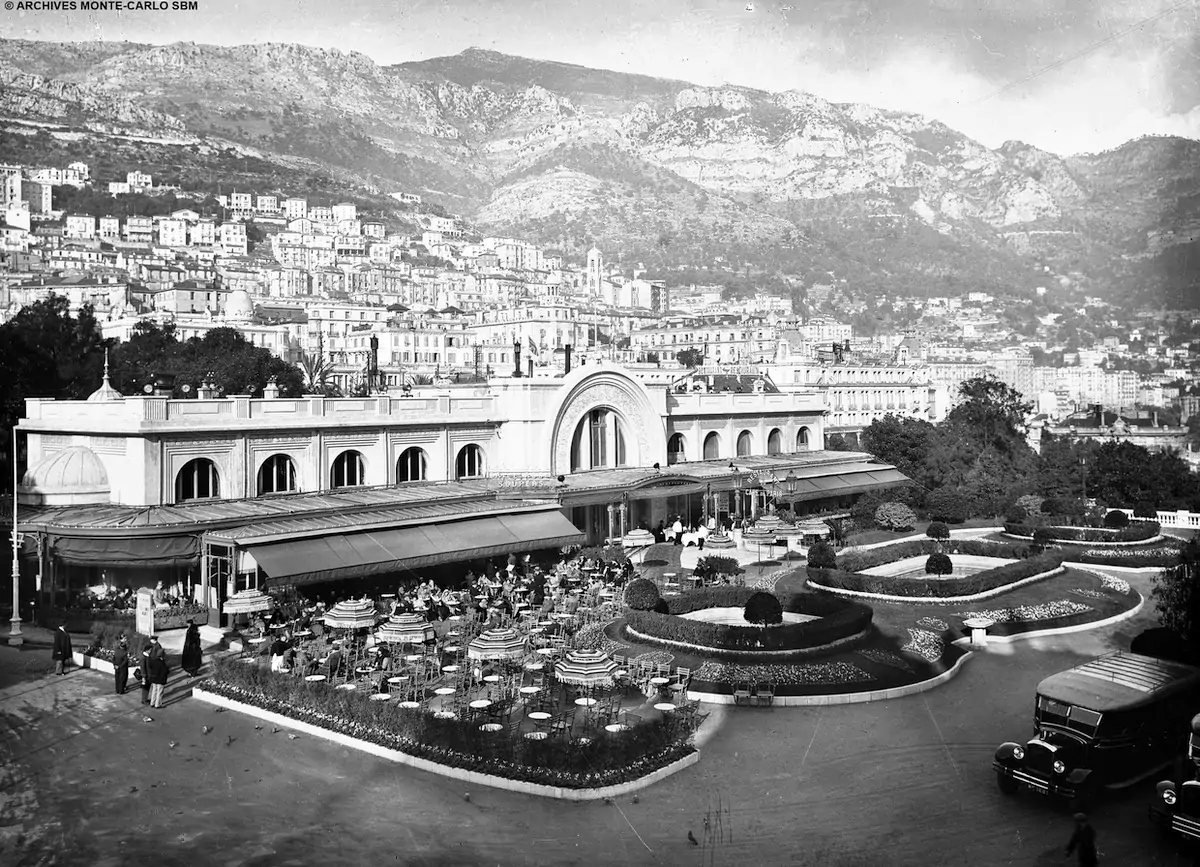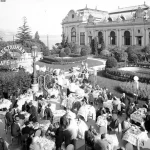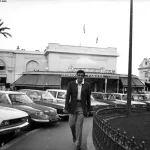From carriage house to mountain chalet, games hall to brasserie, this is the story of how the Café de Paris came to be the iconic Monaco landmark we all know and love.
The Café de Paris is one of the most well-known places in all of Monaco. It sits right in the centre of Monte-Carlo, a proud founding pillar of the Triangle d’Or, along with the Hôtel de Paris and Casino de Monte-Carlo.
It has a history stretching back more than 150 years, and is today on the verge of turning a new page in that book, writing a new chapter in its long story, with its imminent relaunch following almost two years of vast renovations.
See more: Date set for the grand reopening of the Café de Paris
When the big day comes on Tuesday 14th November, the Café de Paris will open its doors to customers once again, welcoming them into a modern and vibrant space – bigger than ever – that still promises all the charm of the establishment’s heritage.
HOW IT ALL BEGAN
The construction of the Hôtel de Paris and the Casino de Monte-Carlo, along with the creation of the Société des Bains de Mer group, marked a turning point in Monaco’s history. New people had come to town: wealthy tourists who had come to marvel at the beauty of the region and the dynastic Principality clinging to the rocks above the Mediterranean.
When it opened in 1864, the patch of land opposite, the site on which we find the Café de Paris today, was used as stables for the horses that pulled the carriages of these affluent visitors and as a carriage house that protected their calèches from the elements.
No bar or café had been built to welcome the hotel guests and it soon became clear that one was needed.
By January 1868, one had been created by the legendary François Blanc. The Alpine chalet-style Café-Divan stood right where its descendant stands today and boasted a tea room, a little restaurant, a billards room, a tabac and the Parfumerie du Soleil boutique, which sold perfumes with names such as Bouquet Impérial and Reine d’Angleterre.
Within a year, its success and popularity were clear, and the café was extended and renamed. Now it was the Grand Café de Monte-Carlo.
NOW OFFICIALLY THE CAFé DE PARIS
Two decades went by before the next big changes came. In 1890, a new building was erected, but it wouldn’t stay around for long. It was demolished seven years later, and in its place the Café de Paris was built.
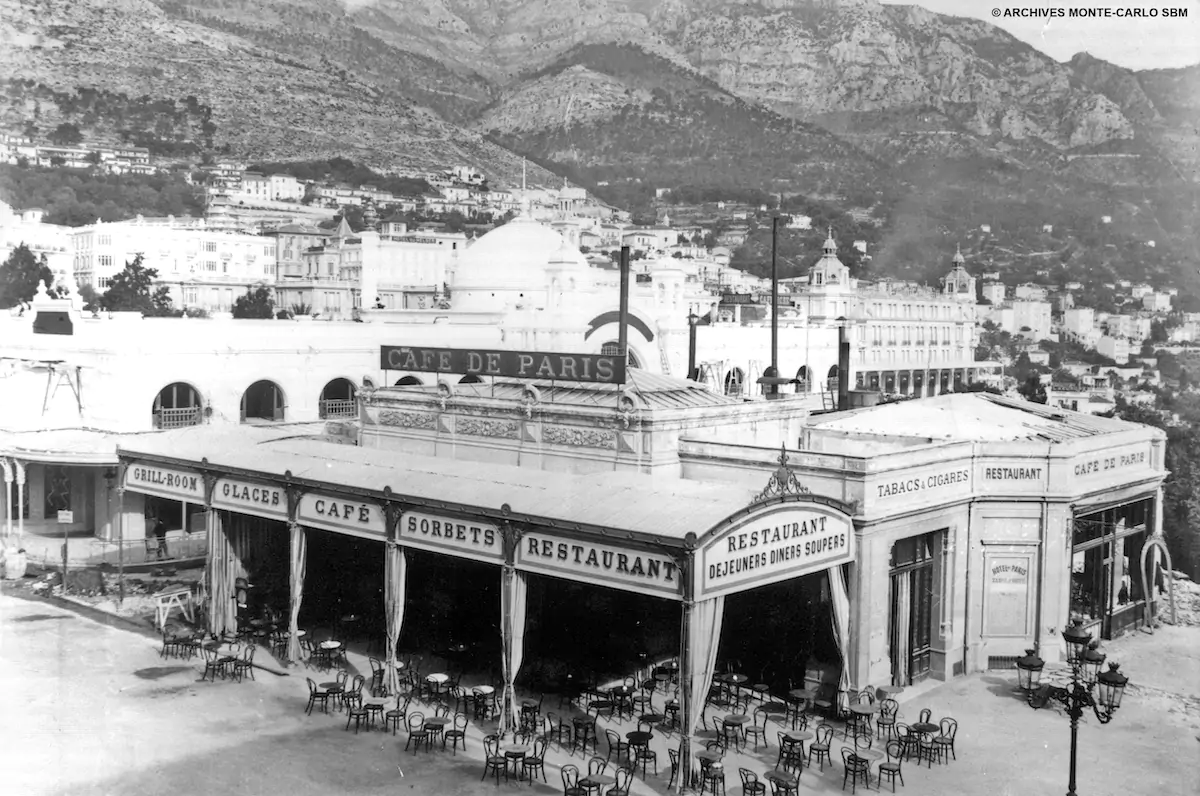
It hit the headlines immediately, but not for its hospitality. In February 1897, an exciting new event came to the Principality – the Rallye Marseille-Nice-Monte-Carlo – that featured a fascinating new invention: the petrol engine car. The spectacle concluded in Casino Square for most participants, but one, Edouard Michelin, lost control of his vehicle at the last moment and crashed through the front windows of the Café de Paris and finished his race in its restaurant.
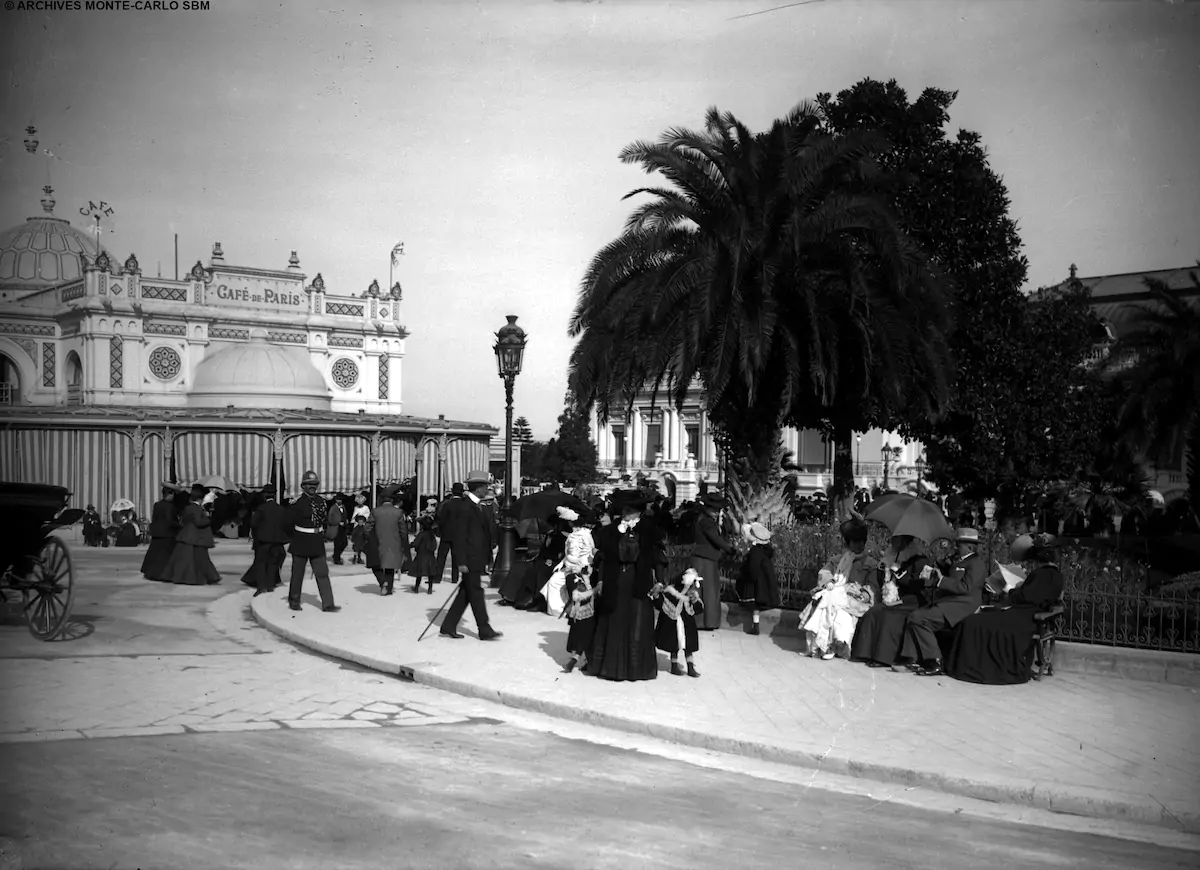
The terrace became known as ‘La Lézardière’ as everyone simply loved to bask in the warmth of the sun while enjoying a tea, a coffee or an aperitif.
The celebrities of the age flocked here in the early 1900s, from Diaghilev, Nijinski and Tamar Karsavina to Nelly Melba, Caruso, Georges Thill and Chaliapine of the Opéra de Monte-Carlo. Even the Prince of Wales, the future King Edward VII, liked to revel in the sunshine, pretending to sample the Café’s Crêpes Suzette for the first time each time he visited.
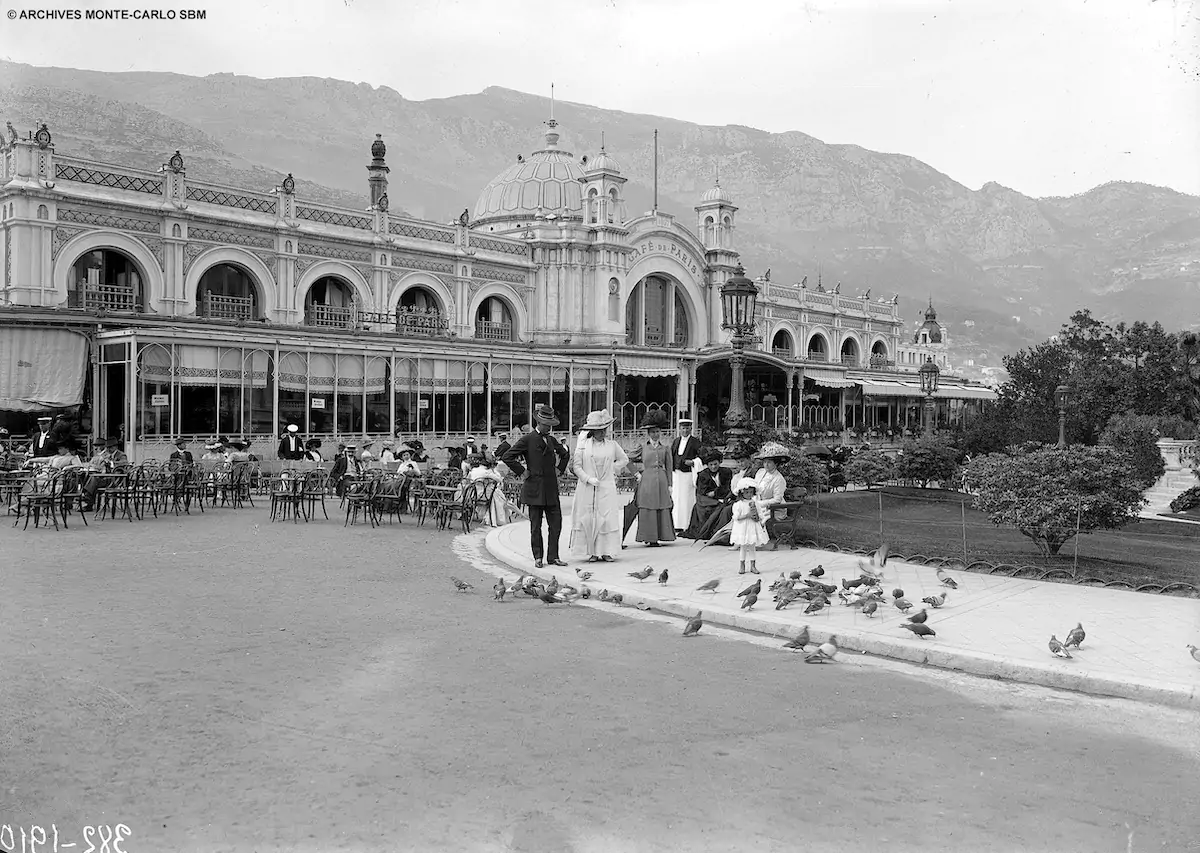
INTO THE 1900S
It was given new life in 1913 when a young architect from Nice, Léon Blois, added a touch of luxury to the interior of the premises.
More glamour came in the 1930s, and it was out with the gaudy décor that had managed to stick around since the 1890s and in with the Art Déco. This was the time of the galas and fabulous parties that were more often than not attended by Monaco’s Prince Louis II.
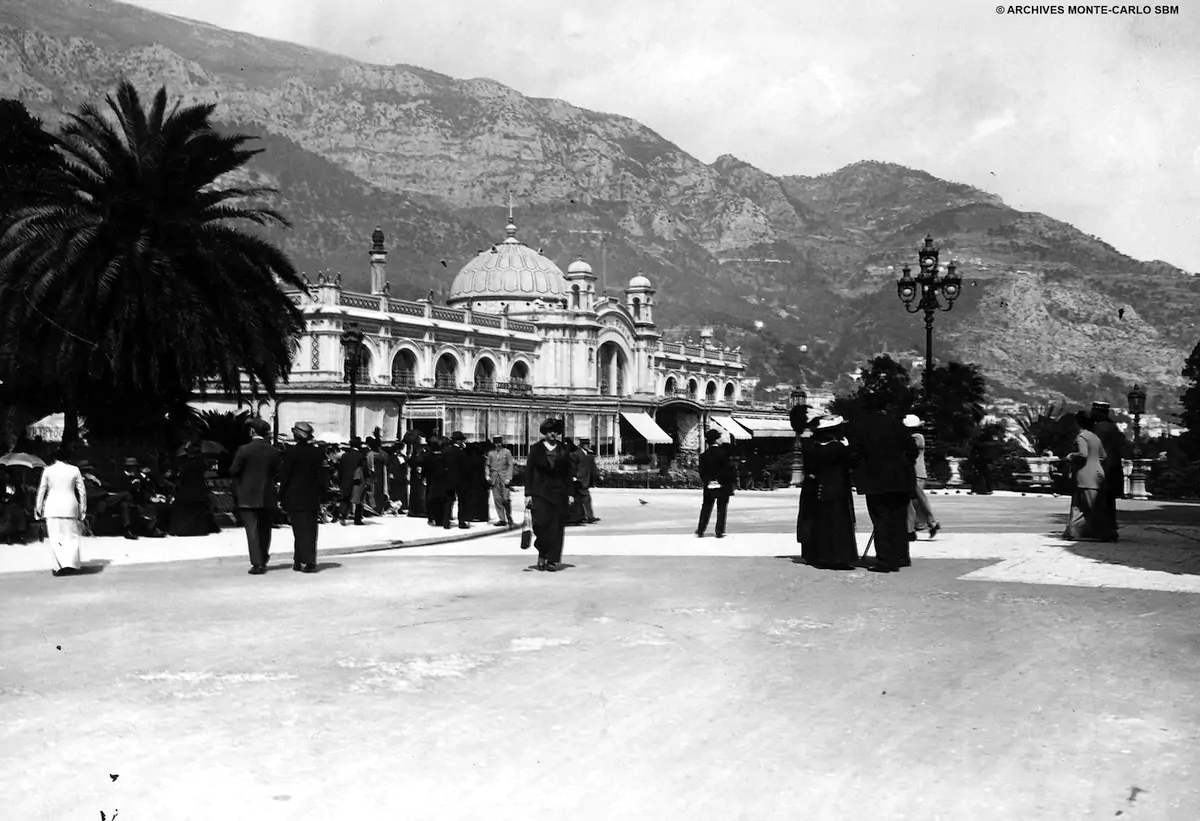
Another trend was in in the 1960s, when Henri Rigal embraced the new interests of his era: bowling, arcade games and dancing into the early hours. The Scotch Club nightclub, with all its curious Scottish decoration, was much loved, but was eventually replaced in 1973 with the Jimmy’z d’Hiver nightlife hub.
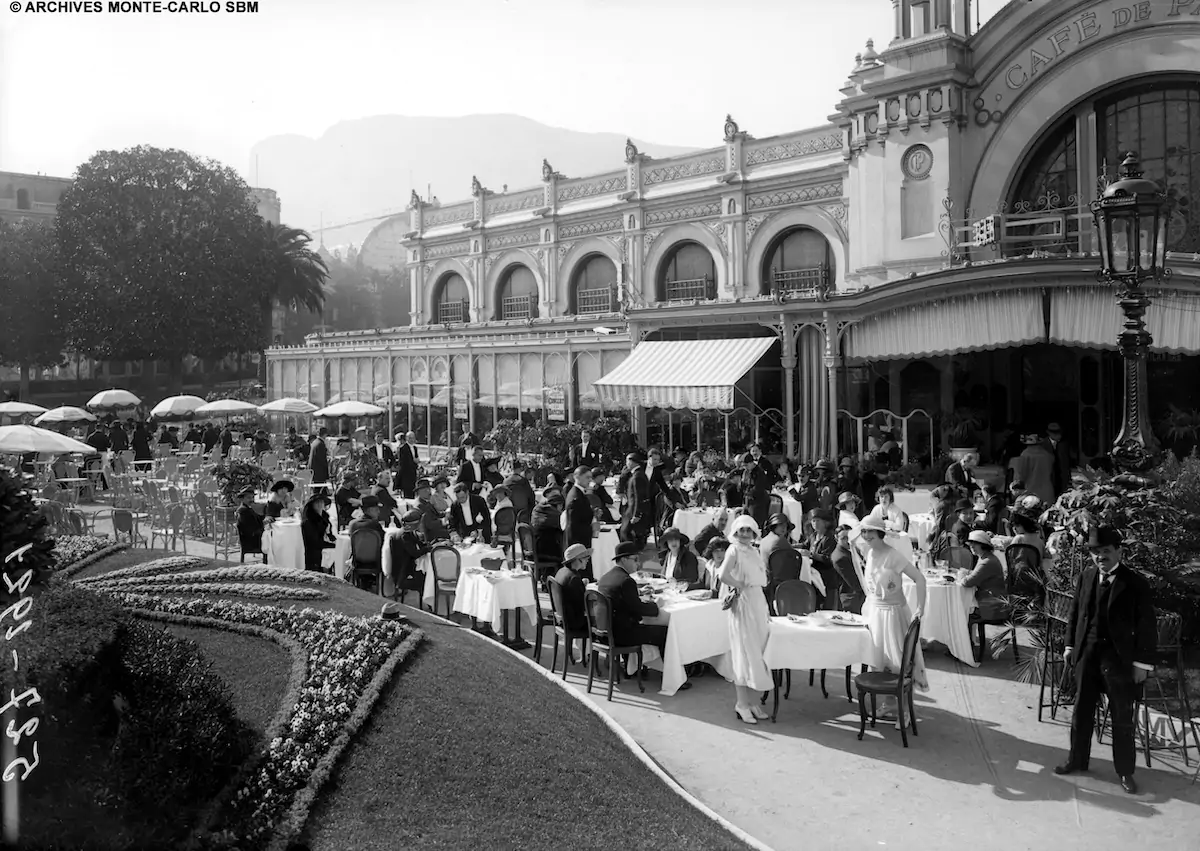
The last major renovations of the site, before those of 2022 and 2023, came in 1987, when a “complete restructuring” took place. It was reopened the next year by the Princely family and covered an impressive 10,000m2 of entertaining and hospitality space.
ONE MILLION CUSTOMERS
The Café de Paris has continued to welcome generation after generation of customers. In fact, it is believed that more than one million have been served here over the years. That number will only creep higher and higher in the years ahead, and reservations for the much-desired seats of the new Café de Paris are being taken now.
Click on the images below to see more photographs of the Café de Paris over the years:
Make sure you’re never left out of the conversation.
Sign up for the Monaco Life newsletter, and follow us on Facebook, Twitter, Instagram and LinkedIn.
All photo credits: Monte-Carlo Société des Bains de Mer
